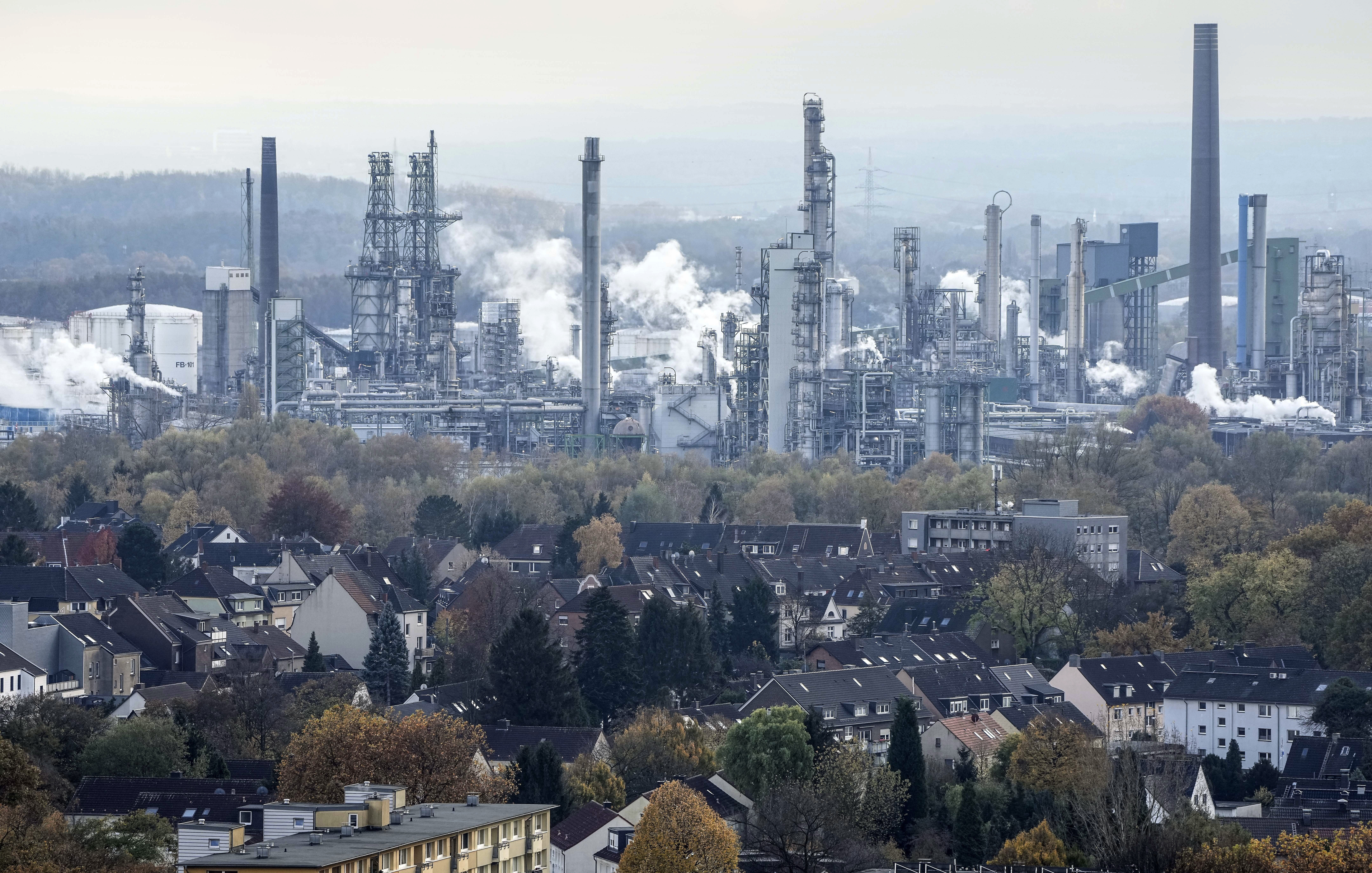Germany’s economy continues its downward spiral as bankruptcies soar in 2023, according to a report from credit agency Creditreform.
The data shows that there were 18,100 bankruptcy cases, representing a 23.5 percent increase over last year.
“More and more companies are collapsing under the constant burden of high energy prices and the interest rate turnaround,” said Patrik-Ludwig Hantzsch, head of economic research at Creditreform.
Creditreform reports that the economic damage from defaults amounts to €34 billion for creditors, which means that 205,000 jobs are at risk or already have been lost, 30,000 more than last year.
The German economy has been facing major headwinds since the Covid-19 crisis, but the Ukraine war, high interest rates, and the green energy transition have saddled many consumers and businesses with enormous costs.
There is also little hope on the horizon, with German media outlet Tagesspiegel writing, “There is no improvement in the situation in sight.”
The newspaper notes that the number of bankruptcies was far higher than during the financial crisis in 2008 and 2009; however, Hantzsch from Creditreform warns that unlike then, this time around no recovery phase is on the horizon. Due to “the many problems faced by companies — burdens such as the costs of the ‘green’ transformation, a lack of digitalization, a lack of employees and high interest rates — there is no sign of any improvement.”
Creditreform reports that construction had the most bankruptcies of any industry, where there was a 20.8 percent increase. However, other sectors saw an even larger jump, even if the overall number of bankruptcies was still lower. In the service sector, bankruptcies rose 22.5 percent, trades saw a 26 percent increase, and manufacturing was hit with an increase of 30.2 percent.
Germany is currently experiencing a recession, but the crisis has been building over the years for many companies, said Hantzsch.
“Many companies that are now insolvent have been battling multiple crises such as coronavirus, inflation and a shortage of skilled workers for years,” he said. “As a lagging indicator, the figures now reflect the close succession of crises in recent years.”
The companies most likely to go bankrupt are those with 10 employees or fewer, which account for 80 percent of the total share in 2023, according to Germany’s Welt newspaper. However, the number of bankruptcies among large companies featuring more than 250 employees has also soared by 50 percent, going from 60 in 2022 to 90 in 2023. For companies with 51 to 250 employees, these saw the number of bankruptcies go from 370 to 650, an increase of nearly 76 percent.
Several major companies have gone under in 2023, including clothing retailers like Peek & Cloppenburg and Gerry Weber, while the toy manufacturer Haba filed for bankruptcy, closed a major factory, and cut 40 percent of its jobs.






